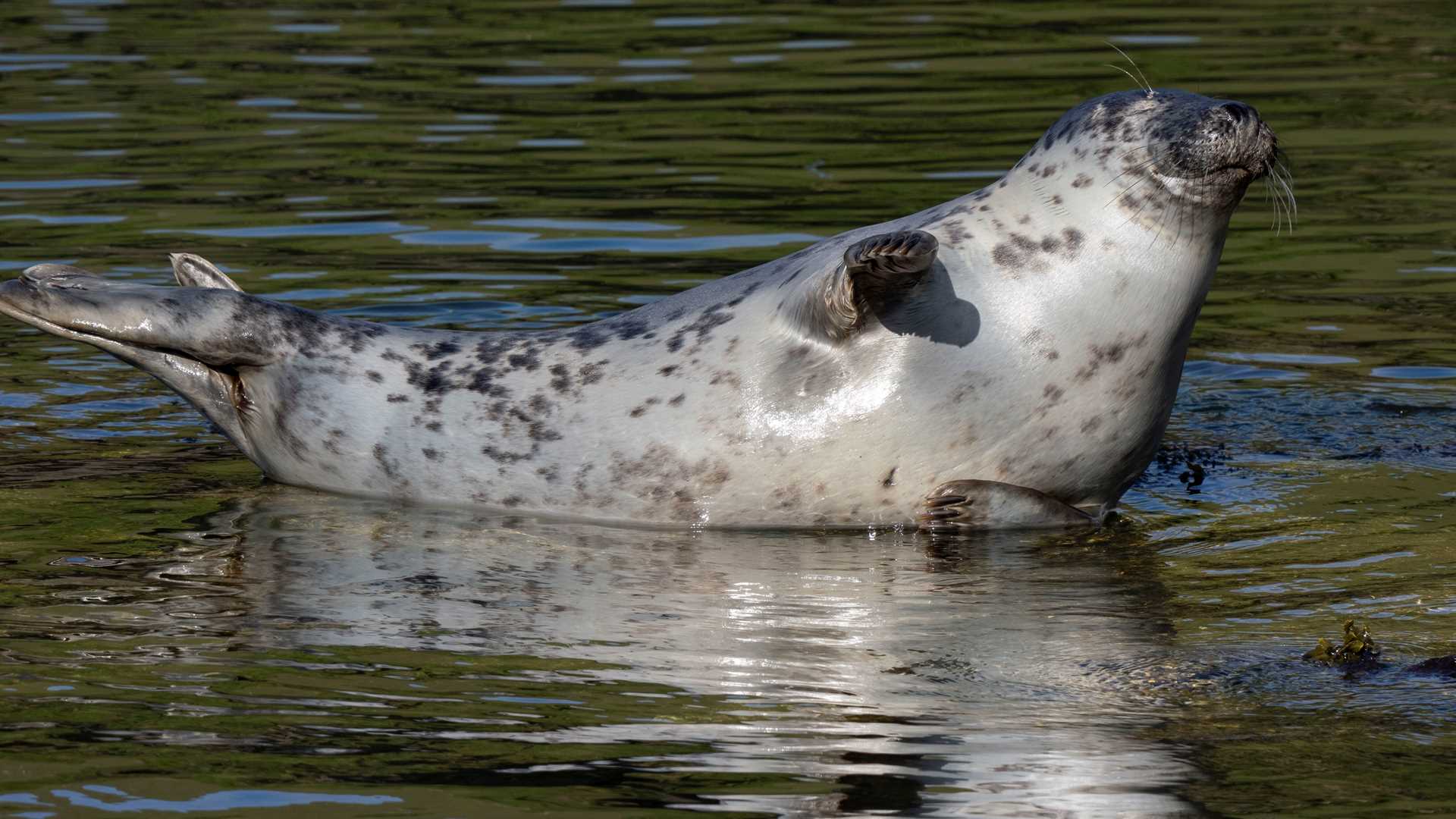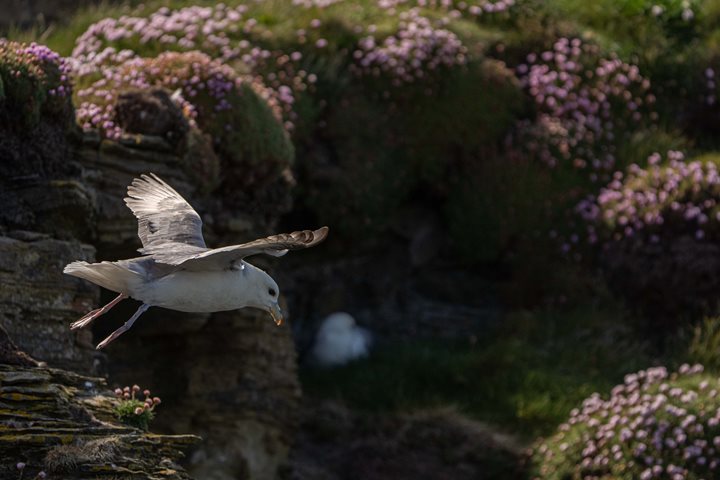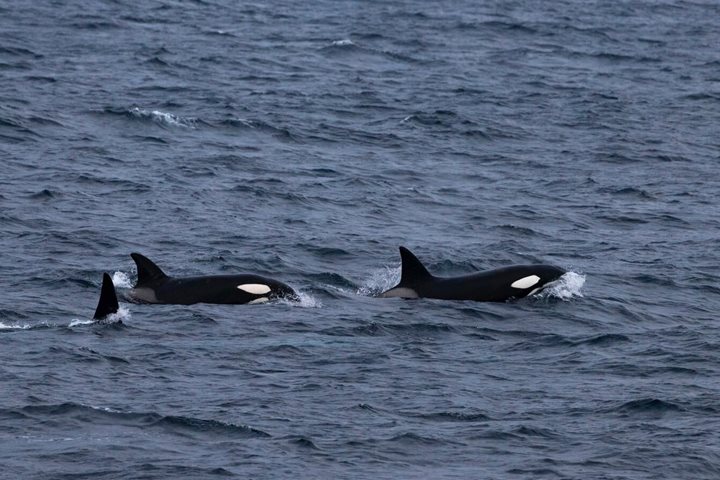Despite all the weather reports, we keep cheating the rain and wind. This morning, we awoke to beautiful sunshine and clear blue skies. With the sun on our side, we went ashore to one of the most beautiful islands in Shetland, Foula. We were met by local guides and set off to discover the beauty and wonders that the tiny little island has to offer. As soon as we set foot on the dock, we were welcomed by fulmars nesting on rock cliffs, seals hauled out on the water, and a close encounter with some Shetland ponies. What a pleasure to be here. After lunch and relocation of the ship, we again went ashore on the island of Mousa. Here we visited the best remaining example of an Iron Age round tower (a Broch) in the world and one of the oldest buildings in Britain. It was awe-inspiring.
- Daily Expedition Reports
- 27 Jun 2023
Foula and Mousa, 6/27/2023, National Geographic Explorer
- Aboard the National Geographic Explorer
- Europe & British Isles
Steve Morello, Naturalist/Certified Photo Instructor
Steve Morello has had a long and colorful career in the natural history world. Born in New Jersey, he was lucky to be able to summer on the shores of Cape Cod. Whether it was exploring the tidal pools, snorkeling along the beach, or hiking in the dun...
Read MoreShare Report
Ancient Isles: England, Ireland and Scotland
VIEW ITINERARYRelated Reports
5/21/2025
Read
National Geographic Explorer
Shetland Islands, Scotland
Today, we had the privilege of experiencing an incredible variety of what the Shetland Islands has to offer – from weather and wildlife to history and music. Our navigation overnight allowed us time to explore a few surprise stops in the morning, including a visit to the Isles of Mousa and Noss. Making a landing at Mousa, we appreciated the craft of ancient builders by visiting the world’s best-preserved broch, dating back to the Iron Age. We then cruised by the cliffs of Noss to the sight of countless seabirds making light work of the impressive Shetland winds and sea conditions. Following an exciting lunch aboard National Geographic Explorer , we settled alongside the town of Lerwick for the afternoon. Here, we ventured out to Jarlshof and Sumburgh Head to hike and visit the iconic Shetland ponies and Atlantic puffins. We also explored the town to learn about local sites, stories, and crafts. To round out our day in Shetland, we were treated to a fantastic performance of fiddle music by a renowned local trio, led by Maurice Henderson.
5/20/2025
Read
National Geographic Explorer
Calanais, Outer Hebrides, Scotland
The morning wakeup call was a little ahead of schedule this morning, but for good reason. We threw on clothes and headed to the bow, blurry-eyed and cameras in hand to marvel at a pod of killer whales swimming off the port side of the ship. Later we jumped in Zodiacs and headed to the awe-inspiring Calanais standing stones. Erected around 2900–2600 BCE on the Isle of Lewis, they form a striking cross-shaped arrangement centered around a stone circle, likely used for ritual or astronomical purposes. Made of ancient Lewisian gneiss, they are among the most significant and mysterious Neolithic sites in Scotland. In the afternoon, we sailed north toward the Shetlands under shifting skies, keeping watch for seabirds and the occasional marine mammal. Our afternoon and evening at sea included two wonderful presentations, ship made scones and cream for teatime, an engaging recap, a special Filipino buffet, and a lively show by the crew band, The Spice Boys.







